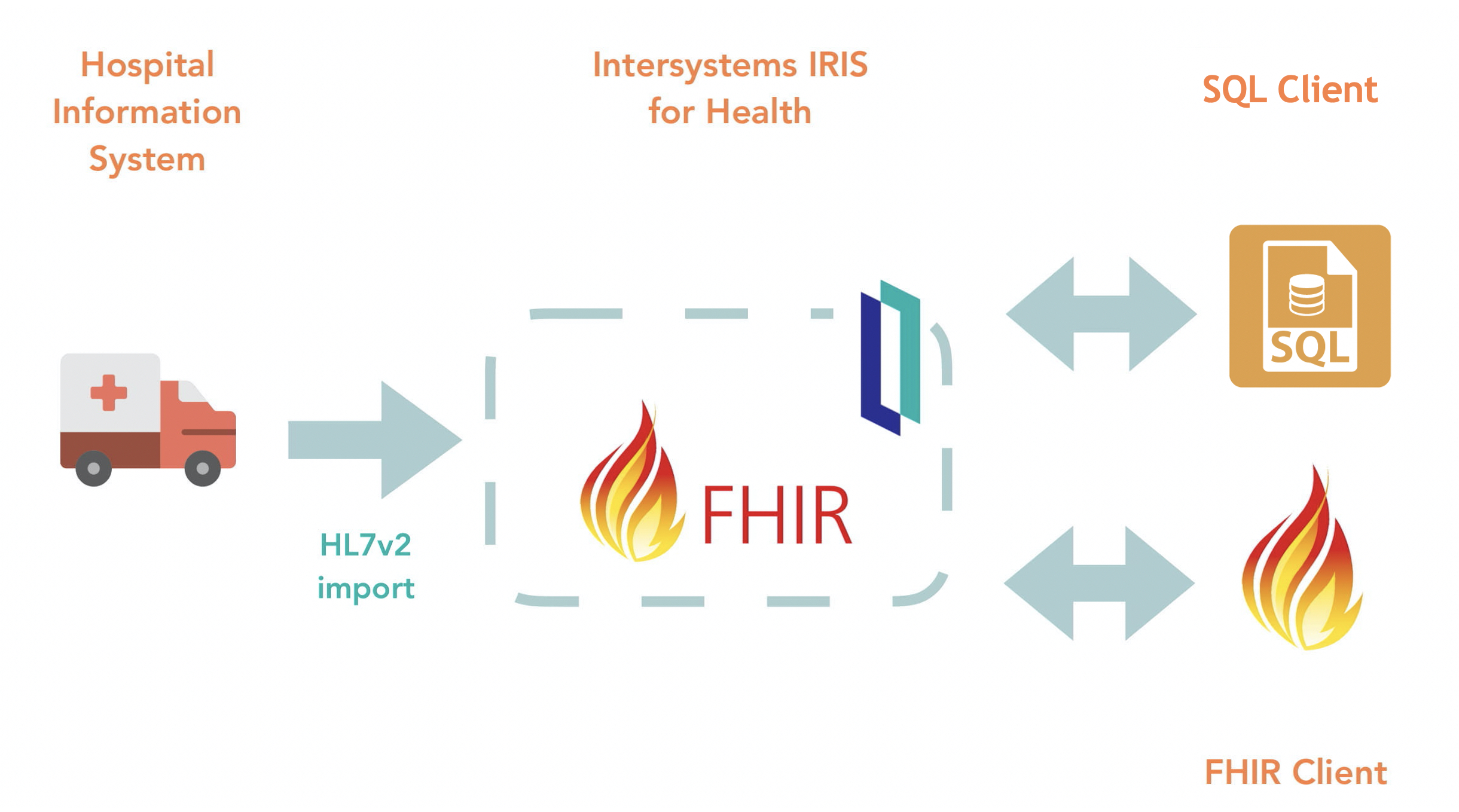Starting with the Field Test of 2017.1 InterSystems products will include Feature Tracker. It is enabled by default during the Field Test and is explained more fully in the product documentation included below. Information collected by Feature Tracker is limited to technology usage information and instance identification. This tool has been carefully crafted to not transmit sensitive information related to customer applications or data.
InterSystems Developer Community is a community of
25,507 amazing developers
We're a place where InterSystems IRIS programmers learn and share, stay up-to-date, grow together and have fun!




 This error appears:
This error appears: